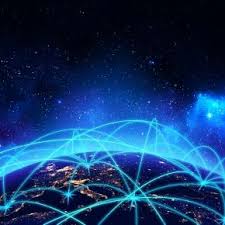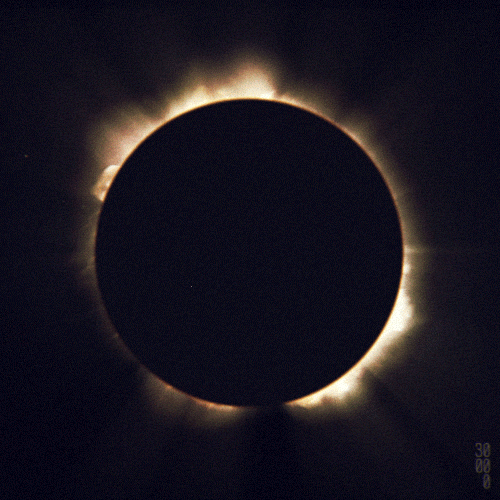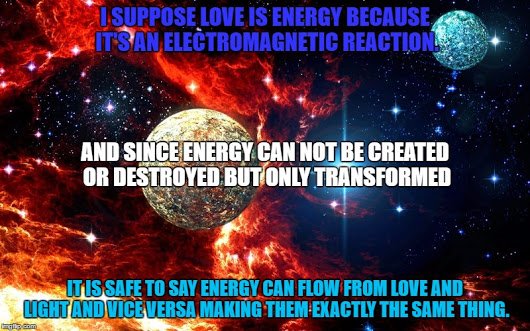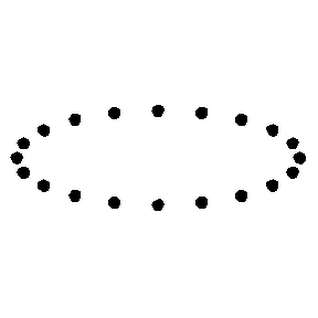How time ripples accross the steemit blockchain and configuring my "data brain waves"
Learning from the Waves

On that fateful day, only the detectors in Livingston and Hanford were active. (Some of the others aren’t even sensitive enough for their intended purpose. When people first started building gravity-wave detectors, it wasn’t clear how far away the sources would be.) The waves hit Livingston first, at exactly 3:50:45 AM local time. About seven-thousandths of a second later, they reached Hanford and distorted the light-ruler there, too. And a fifth of a second after that, they were gone. The sound of the black holes had passed us by and continued its journey into the void...But they did not pass without a trace. No, the Livingston and Hanford detectors recorded their passage, shown beautifully in The 1.3 billion-year-old waveform that passed through our world and changed us forever.
-----------------------------------------------------------------

We already knew gravitational waves exist which was a measurement taken over 30 years ago, winning the Nobel prize And we had a pretty good idea of what they should look like. But the only way to confirm that they looked like we expected was to observe them. So the first thing the LIGO team did was to use sophisticated statistical techniques, without any assumption about the final waveform, to extract the true wave from a noisy signal.They then compared that waveform to the wave predicted by general relativity. The two agree spectacularly. Score one for Einstein! Of course, there are possible modifications of general relativity such that a black hole in-spiral wouldn’t look any different.
So only time, and more gravitational waves, will tell if those modifications are wrong. But for now, this result is a triumph of relativity. Independently, the LIGO team matched the raw data to a “template bank” of possible
gravitational waves, each generated for a different configuration of theblack holes—different masses, different rotation rates, different orientations, et cetera. Eventually, they found a match. (Actually they found several, all of which were very similar.---------------------------------------------------------------

---------------------------------------------------------------
Fantastically, this match agreed perfectly with the wave extracted using the statistical technique. The extracted waveforms from the two detectors, calculated in both ways.. As a huge bonus, matching the waveform in this way told the LIGO team he masses and rotation rates of the initial black holes and the final black hole that they became.From the ripples in spacetime, they had extracted astrophysics!Two Detections.I want to emphasize that one reason we can be so confident in the LIGO detection is that it happened twice, once for each detector. Both detectors are extremely sensitive—they could easily see an earthquake or a car driving down the highway and misinterpret it as a gravitational wave. But the gravitational wave was seen at both detectors, and the odds of them both getting exactly the same false positive are extremely low.
What We’ve Learned:
- Gravitational waves look very much like we expected.
- Black holes definitively exist. No other two objects in the universe could have been so close before colliding.
- Binary black hole systems definitely exist and to get a pair of black holes orbiting each other, you need a pair of supernovae.
see: https://briankoberlein.com/2015/08/16/do-black-holes-really-exist/
What We Stand to Learn
For most of the history of astronomy.... humans relied on their unaided eyes to look at the stars. Objects we thought we understood looked very different and wild new things appeared, like radio pulsars. Every advance in telescope technology sparked a huge leap in our understanding of the universe. We could, essentially, see a whole new side of the universe.This is just as big because now "We can hear the universe".
Related Reading
If you enjoyed this post and want to learn more about general relativity
and gravitational waves, you may be interested in my series on #howgrworks :
http://www.thephysicsmill.com/2015/08/15/general-relativity-is-the-curvature-of-spacetime/
In Distance Ripples, I explain how gravitational waves work.n Our Local Spacetime, I present a visualization of the curvature of spacetime near Earth http://www.thephysicsmill.com/2015/09/06/our-local-spacetime/
This is the population model for binary black holes which may be wrong.
http://iopscience.iop.org/article/10.1086/523620/meta
Not all of this information was written by (@christoryan), but in fact it was an enormous amount of meta-data that I pulled from google plus site Lovepeacejoymelchezedek. I also found a few more useful tools along the way including AWE//TESTRECORDER
Namaste~
"
 "
"